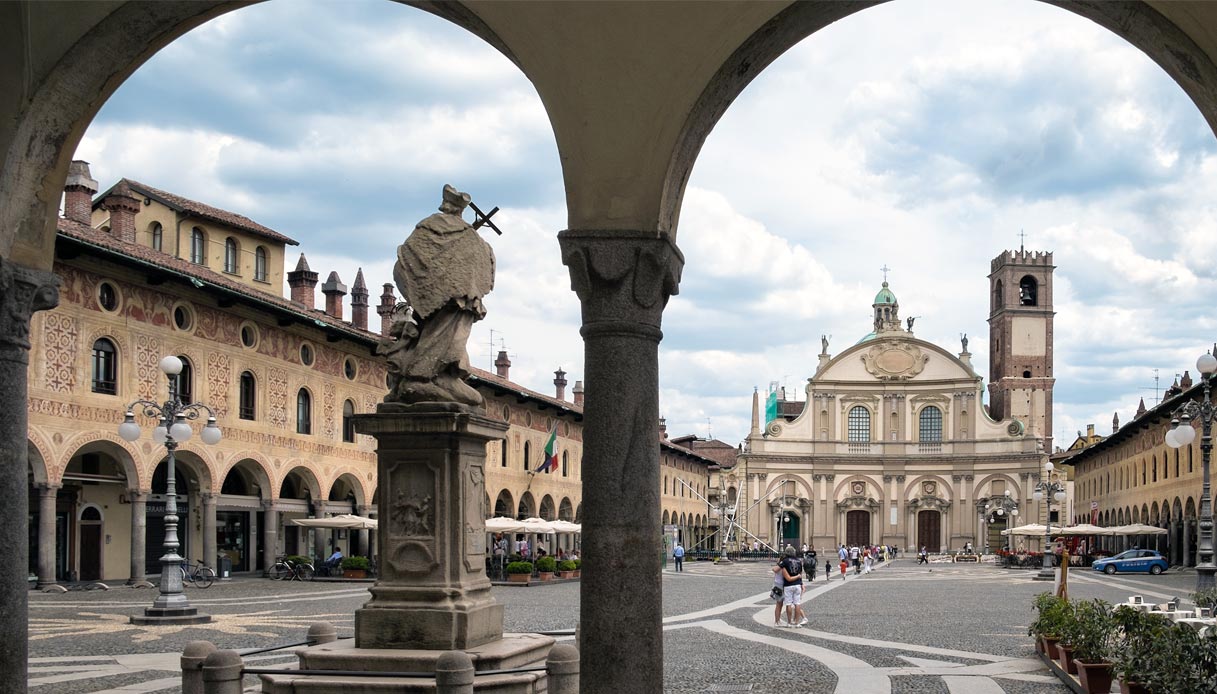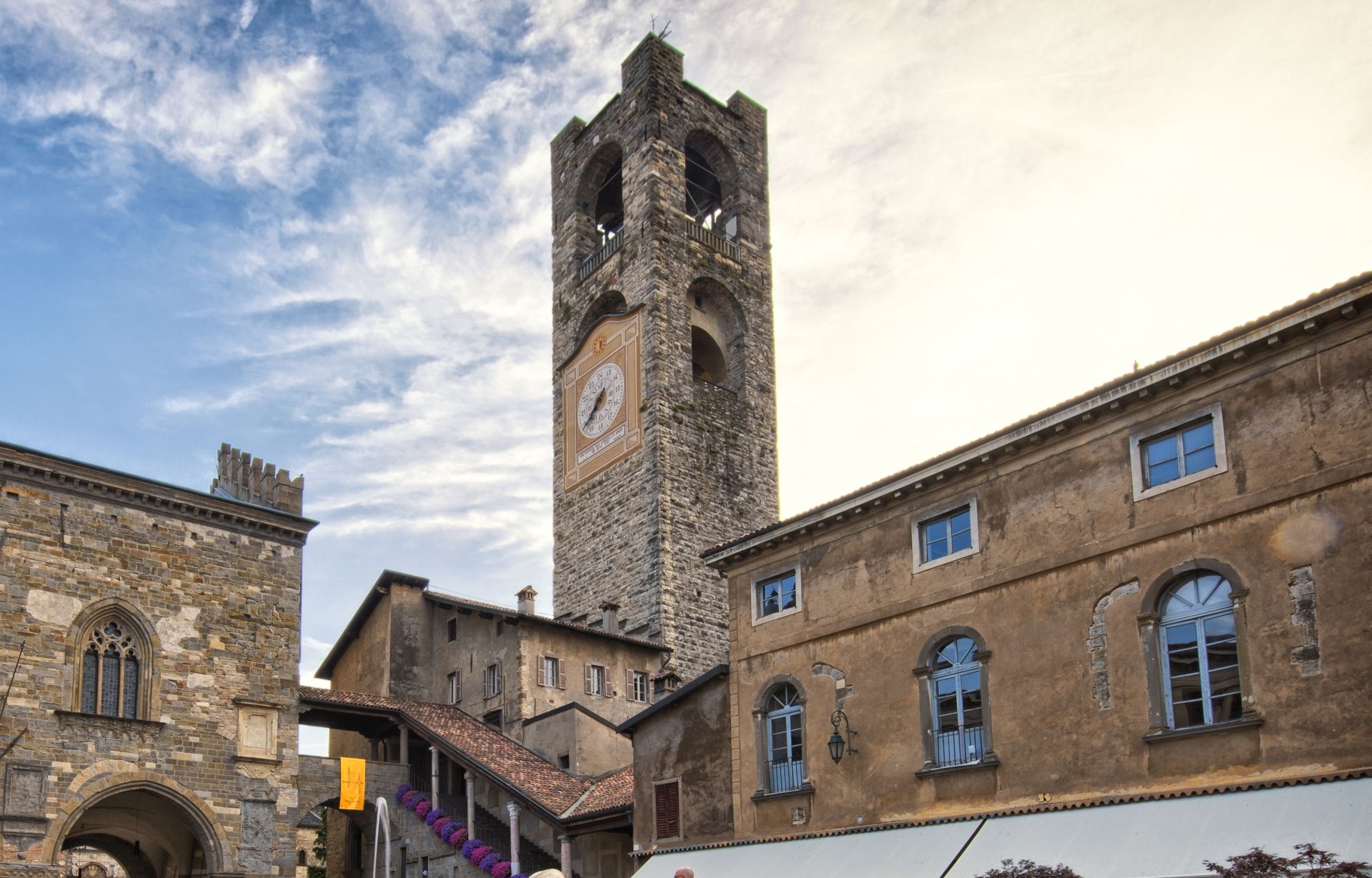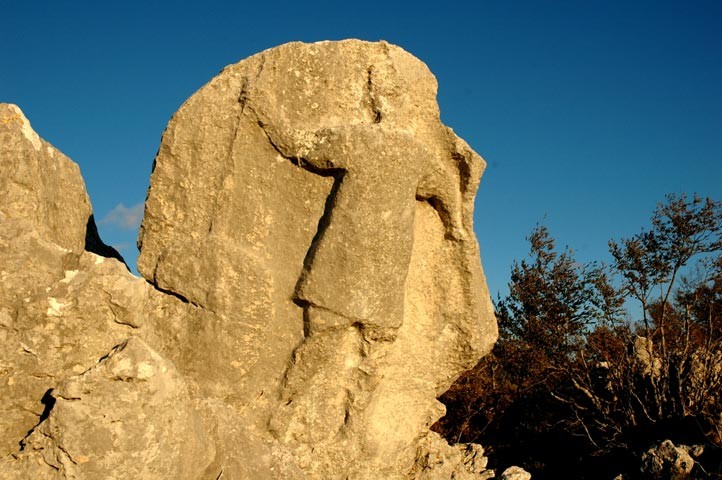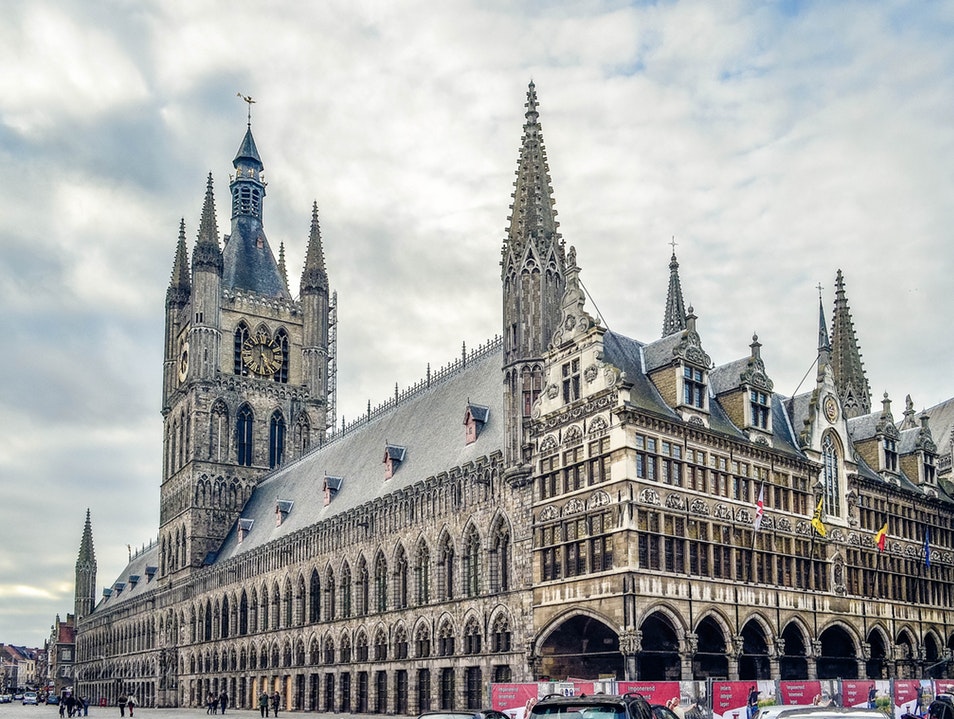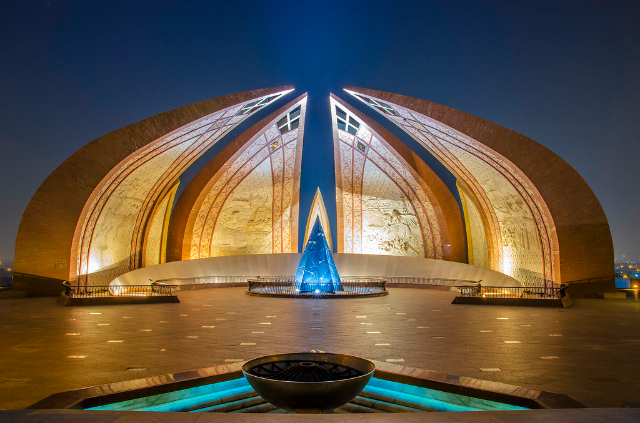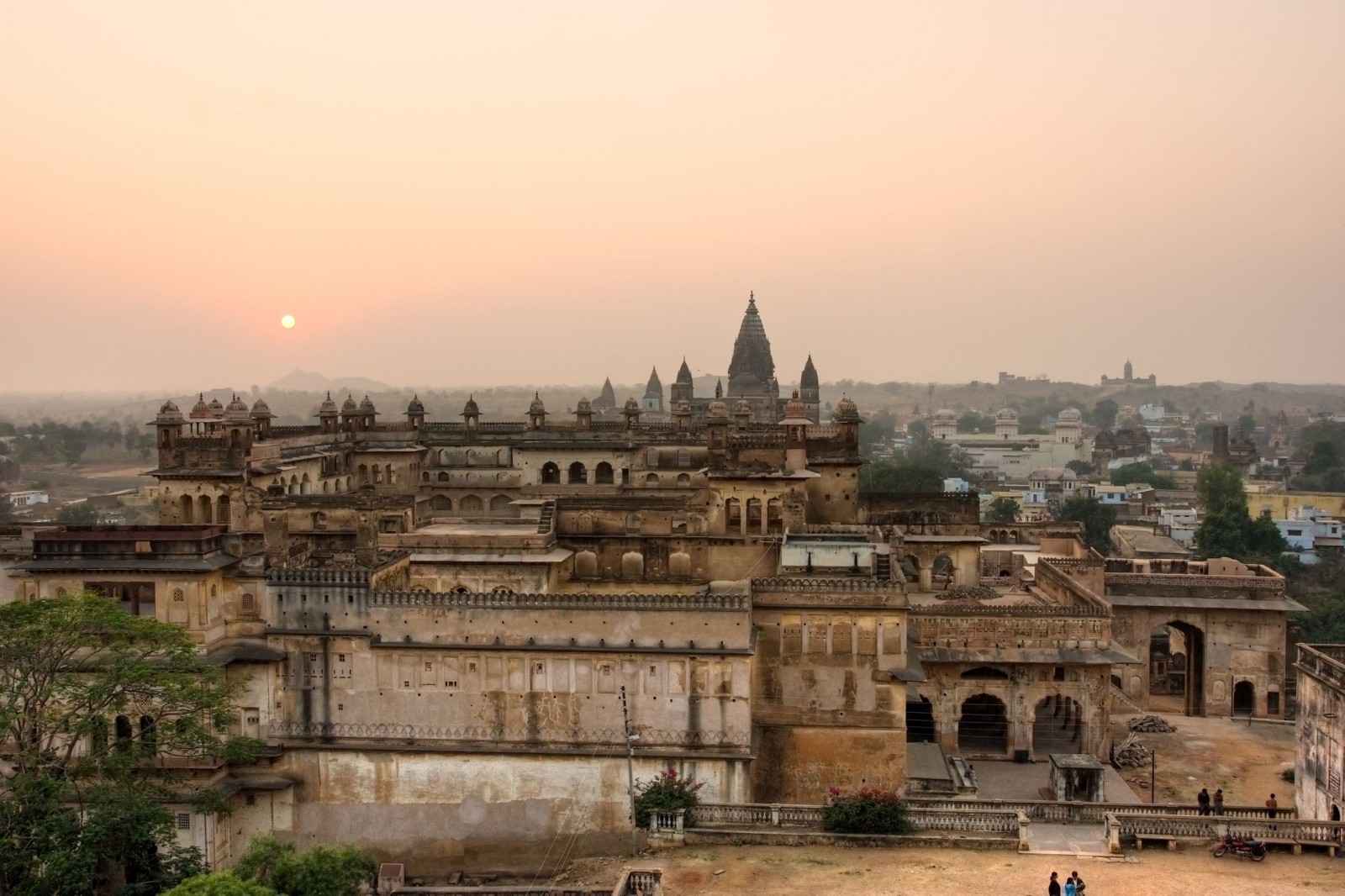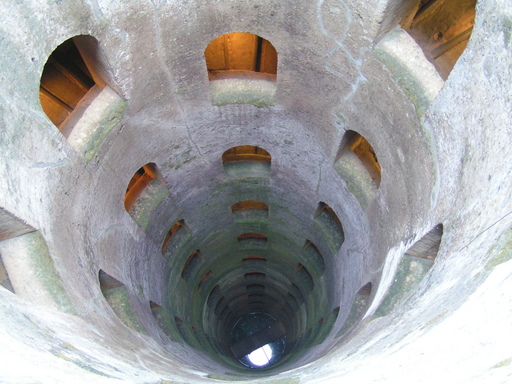Alessandria is a town full of things to see and with an imprint of elegance and refinement, lying in the plain, on the right side of the river Tanaro and not far from the river Bormida. Founded in the twelfth century, it has a rich history and many monuments and churches; of particular value and artistic and cultural relevance are the palaces.The city was founded in 1168 with the help of the nearby towns of Gamondio, Borgoglio, Marengo, Villa del Foro, Oviglio etc. These towns gave it the name in honour of Pope Alexander III, their protector. The idea of founding the new city immediately proved to be excellent. In fact, in 1175, when Barbarossa descended again in Italy, he met Alexandria on his way. He besieged it but the fortress, even though it was not yet finished, magnificently sustained all the assaults for several months. In the end, seeing every effort useless, Barbarossa lifted the siege and went on.
But for him it was now too late. The communes in the meantime had had time to prepare themselves and, having faced the emperor, defeated him in the famous battle of Legnano (29 May 1176). In the centuries that followed, after periods of power and importance, the city was troubled by internal discord and suffered the domination of the Angevins, the Marquises of Monferrato, the Visconti and the Sforza of Milan. In 1707 Alessandria was united to the territories of the Savoy family, who equipped it with fortifications that made it one of the most important bulwarks in Europe. In 1800 the city saw Napoleon’s dazzling victory in the nearby Marengo and suffered French domination. In 1815, however, after the Congress of Vienna, the city returned to the Savoys and remained with them, except for a brief period of four months of Austrian garrison, during the First War of Independence.
At the first dawn of freedom, Alessandria was among the first cities to write beautiful pages in the recent history of our Risorgimento. In fact, it was in Alessandria where the tricolour was raised for the first time as a symbol of freedom. And in 1833 Alessandria was once again the seat of a conspiracy of Young Italy, which unfortunately cost the life of the martyr Andrea Vochieri. The city also contributed to the wars of the Risorgimento with a great deal of bloodshed. In 1856 its walls were equipped with one hundred cannons, offered to the city’s fortress by all the regions of Italy. This shows how enormous its military importance was. If you look at the map of the city, you will easily distinguish with its straight streets that run towards the centre, its origin as a military city. Today, however, Alexandria is no longer a terrible city, it is orderly, clean, friendly and welcoming. But above all it is the second city of Piedmont.
